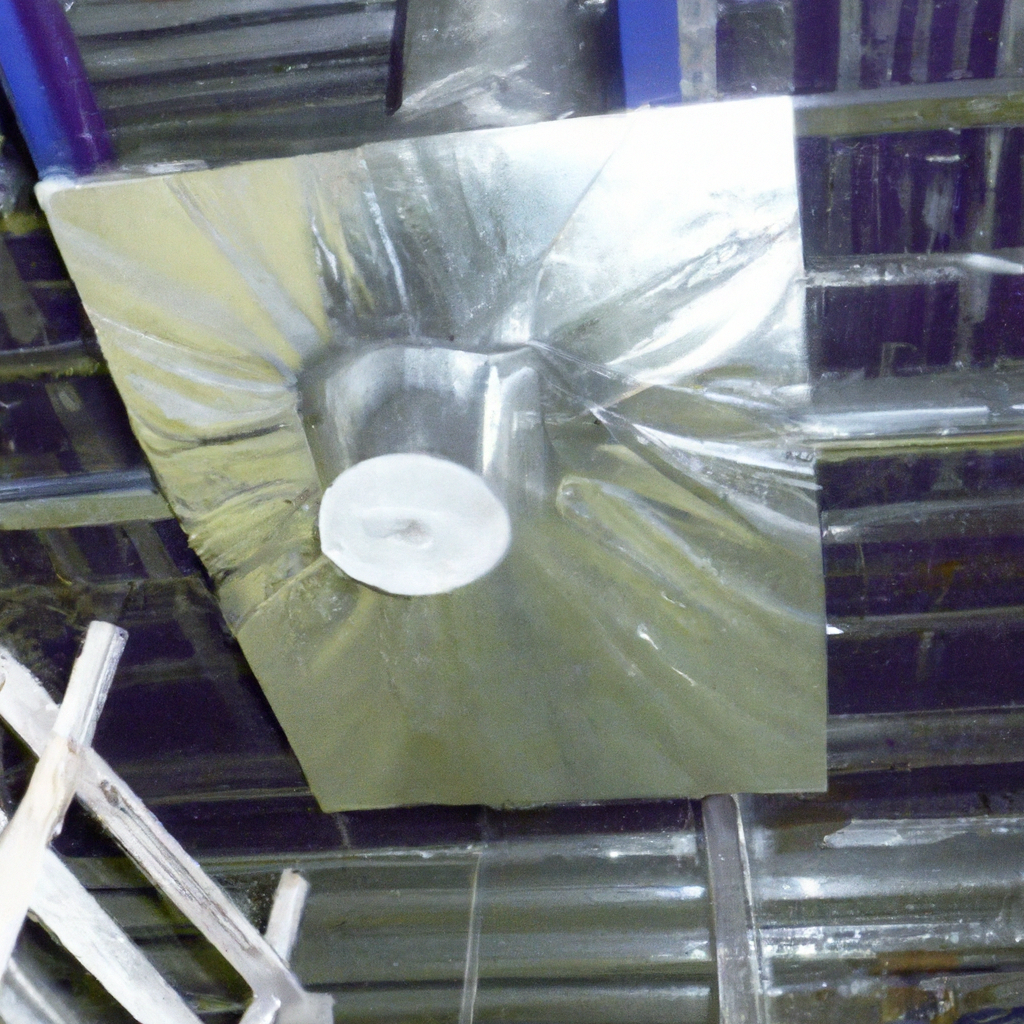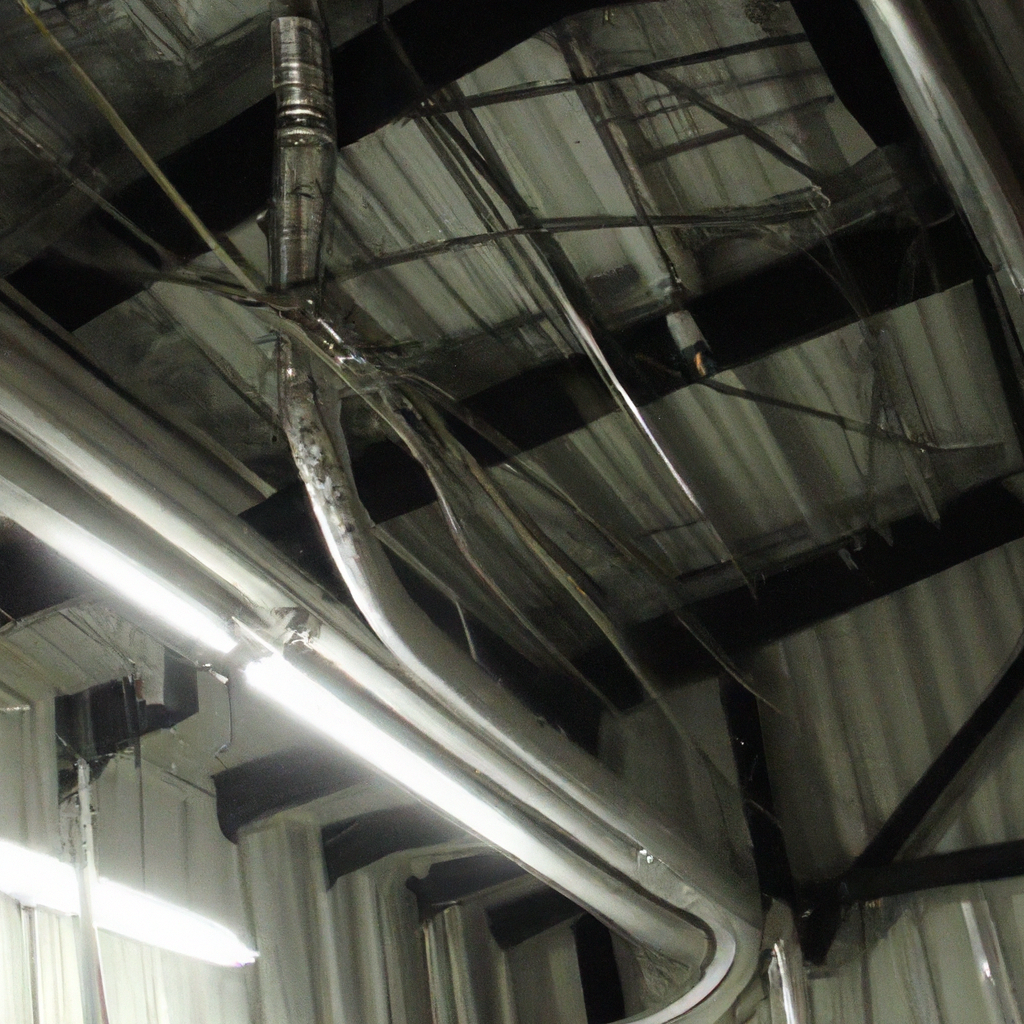Did you know that ductwork plays a crucial role in our HVAC systems? It’s not just a simple pathway for air to flow; it can actually transport both supply air and return air. This means that ductwork is responsible for delivering the cool or warm air that keeps us comfortable, as well as removing the stale air and pollutants from our living spaces. Understanding how ductwork works is key to maintaining a healthy and efficient HVAC system.
Ductwork Can Transport Both Supply Air And Return Air
Ductwork plays a crucial role in the efficient functioning of HVAC systems. It acts as a highway, delivering both supply air and return air throughout a building. Understanding how ductwork transports these two types of air is essential for maintaining a comfortable and healthy indoor environment. In this article, we will explore the importance of ductwork in the circulation of supply and return air and delve into the different aspects involved in this process.
Supply Air: Delivering Fresh and Conditioned Air
Supply air refers to the air that is delivered from the HVAC system into different spaces within a building. In simple terms, it is the cool or warm air that we experience coming out of vents or registers. The role of supply air is to maintain a comfortable temperature, regulate humidity levels, and ensure proper ventilation in each room.
Ductwork serves as the conduit through which supply air travels from the HVAC system to individual spaces. The supply air ducts are designed to distribute the conditioned air evenly and efficiently throughout the building. They are typically insulated to prevent heat gain or loss during transit, ensuring that the air maintains a consistent temperature.
To ensure proper airflow and ventilation, supply air ducts come with adjustable dampers or registers. These allow you to control the amount of air being distributed into each room, thus providing personalized comfort levels. The design and layout of supply air ductwork are crucial in achieving optimal indoor air quality and maintaining energy efficiency.
Return Air: Removing Stale Air and Contaminants
While supply air is responsible for delivering fresh and conditioned air, return air performs the crucial task of removing stale air and contaminants from the occupied spaces. It collects the air that has circulated throughout the building and returns it to the HVAC system for filtration and conditioning.
Return air ducts typically have larger dimensions compared to supply air ducts. This is because they need to accommodate a higher volume of air flow as they gather air from multiple spaces. Since return air is often warmer in temperature, it is vital to ensure proper insulation of return air ductwork to prevent heat transfer and improve energy efficiency.
Return air ducts are strategically placed in areas where air tends to accumulate, such as hallways or central locations within rooms. This helps in capturing the air from different zones and maintaining a balanced pressure distribution in the building. By capturing the stale air and returning it to the HVAC system for treatment, return air ducts contribute to improved indoor air quality and comfort.

The Role of Dampers and Registers
Dampers and registers are components within ductwork that play a crucial role in controlling the flow of air. They help in achieving the desired temperature, humidity, and air distribution throughout the building.
Dampers are adjustable plates or valves installed within the ducts that regulate the airflow. By adjusting the position of the dampers, you can control the amount of air being delivered or returned to each space. This allows you to customize the temperature and ventilation in different rooms based on specific requirements.
Registers, on the other hand, are the visible components through which the air passes into or out of the ducts. They often have adjustable louvers that can be opened or closed to control the direction and velocity of the airflow. By adjusting the registers, you can balance the air distribution within each space, ensuring optimal comfort levels while maximizing energy efficiency.
Duct Design and Energy Efficiency
Proper duct design is crucial for ensuring optimal airflow, energy efficiency, and indoor air quality. The design and layout of supply and return air ducts must take into account factors such as the building size, desired temperature differentials, and the number and location of vents.
Efficient ductwork design minimizes pressure losses, ensures proper air distribution, and prevents excessive noise generation. Smooth and well-insulated ducts minimize air leakage, reducing energy wastage and enhancing overall HVAC system performance.
Duct insulation also plays a vital role in maintaining the temperature of supply air and preventing heat exchange with the surrounding environment. Proper insulation reduces the workload of the HVAC system, leading to energy savings and improved comfort.

Regular Maintenance and Upkeep
To ensure the efficient and reliable operation of ductwork, regular maintenance and upkeep are essential. Ducts should be inspected periodically for signs of damage, such as leaks or blockages, that can hamper airflow. Air filters should be checked and replaced when necessary to maintain optimal indoor air quality.
Duct cleaning is another critical aspect of maintenance. Over time, dust, debris, allergens, and contaminants can accumulate within the ductwork, negatively affecting indoor air quality. Having the ducts professionally cleaned can help remove these pollutants, ensuring a healthier environment for occupants.
In conclusion, ductwork serves as the conduit for both supply air and return air in HVAC systems. Supply air delivers conditioned air to different spaces, while return air removes stale air for filtration and treatment. Understanding the importance of proper duct design, airflow control, and regular maintenance ensures optimal indoor air quality and energy efficiency. So, next time you feel the comfortable breeze from your vents, remember the vital role that ductwork plays in delivering the air you breathe.

